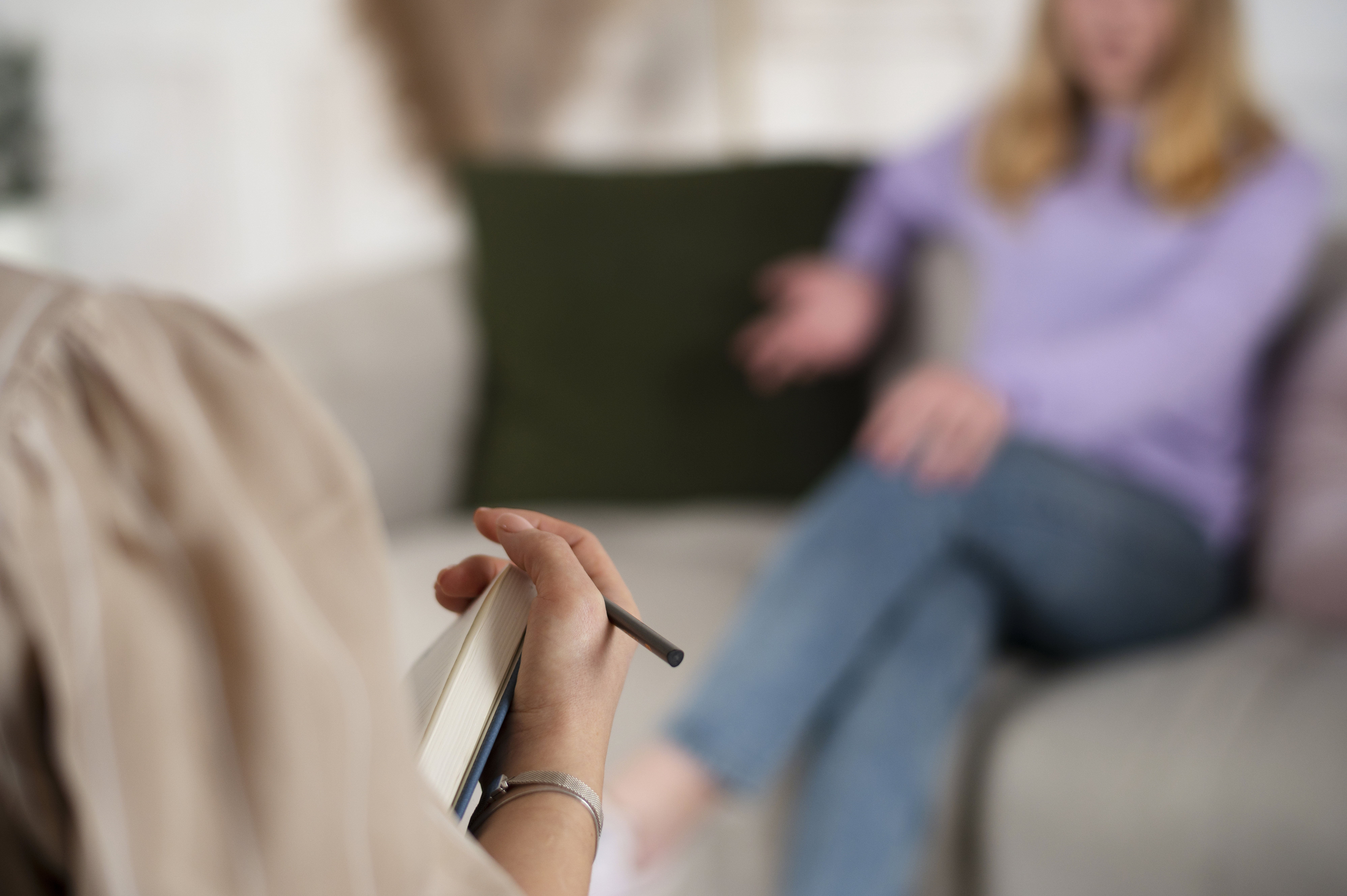One technique that’s proven to reduce anxiety

Anxiety is a common experience, but when it becomes overwhelming or interferes with daily life, it’s important to have a range of techniques to manage it. These techniques can be broadly categorized into immediate relief strategies and longer-term lifestyle changes.
First, Immediate Relief Techniques, When Anxiety Strikes:
Anxiety strikes can be managed through immediate relief techniques, such as deep breathing exercises, grounding techniques, and focusing on sensations. Deep breathing exercises activate the parasympathetic nervous system, while grounding techniques help bring focus to the present moment. These techniques help calm the body and mind during anxiety strikes.
Second, Longer-Term Strategies to Build Resilience:
Longer-term strategies for anxiety reduction include regular exercise, cognitive behavioural therapy (CBT), a healthy diet, sleep hygiene, identifying and challenging unhelpful thoughts, limiting screen time and social media, social support, time management, hobbies, and prohibiting alcohol and recreational drugs.
There is one technique that has both short- and long-term effects on anxiety and is scientifically proven to reduce it, and that is Mindfulness practice.
Mindfulness is a powerful technique for reducing anxiety by fundamentally changing your relationship with your thoughts, feelings, and bodily sensations. Instead of trying to suppress or escape anxiety, mindfulness teaches you to observe it with a sense of curiosity and non-judgment. But first, let’s define Mindfulness.
What is mindfulness?
Simply, to be mindful is to pay attention to the present moment with curiosity, an open heart/ mind, without being judgmental or reactive. It involves being fully aware of what you’re sensing and feeling in the moment – your thoughts, emotions, bodily sensations, and the surrounding environment – without getting caught up in them.
Mindfulness can help with anxiety by breaking the cycle of negative thought patterns, focusing on the present moment, and observing thoughts without judgment. It activates the parasympathetic nervous system, promoting calmness and reducing muscle tension. Regular mindfulness practice can lead to physiological changes, such as decreased activity in the amygdala and increased activity in the prefrontal cortex. It encourages acceptance and non-resistance, reducing the intensity of anxiety by acknowledging and allowing the presence of anxious feelings and thoughts and cultivating acceptance.
Common Mindfulness Techniques for Anxiety:
• Mindful Breathing: Simply focusing your attention on the sensation of your breath as it enters and leaves your body. When your mind wanders (which it will!), gently bring it back to the breath.
• Body Scan Meditation: Lie down or sit comfortably and systematically bring your attention to different parts of your body, noticing any sensations (such as tension, warmth, or tingling) without judgment. This helps ground you in your physical experience.
• Mindful Walking: Pay attention to the sensations of walking – the feeling of your feet on the ground, the movement of your legs, the swing of your arms, the sights and sounds around you.
• Mindful Eating/ Drinking: Slow down and fully engage your senses when eating or drinking. Notice the colors, textures, smells, and tastes.
• 5-4-3-2-1 Grounding Method: Identify 5 things you can see, 4 things you can feel, 3 things you can hear, 2 things you can smell, and 1 thing you can taste.
• RAIN Method (Recognize, Allow, Investigate, Non-Identification/Nurture): A structured approach to working with difficult emotions:
○ Recognize what is happening (e.g., “I’m feeling anxiety”).
○ Allow the experience to be there (don’t fight it).
○ Investigate with kindness (where do I feel it in my body? What thoughts are present?).
○ Non-identification or Nurture (remind yourself you are not your anxiety; offer self-compassion).
Integrating Mindfulness into Daily Life:
Mindfulness isn’t just about formal meditation sessions. You can bring mindfulness to everyday activities, like washing dishes, showering, brushing your teeth, listening to someone speak, or just doing a simple task. The key is to be fully present and engaged with that activity, noticing details without judgment.
While mindfulness is a powerful tool, it’s not a quick fix. It’s a practice that develops over time with consistent effort. If anxiety is persistent, severe, or significantly impacting your life, seeking help from a mental health professional (therapist, psychiatrist) is crucial. They can diagnose anxiety disorders and recommend appropriate treatment, which may include therapy (like CBT or Schema Therapy) or medication.
You can find a psychiatrist or a clinical psychologist to help you diagnose and treat Anxiety through this link: Kind Mind Therapists
Remember, finding what works best for you is often a process of trial and error. Be patient and compassionate with yourself as you explore these techniques.


